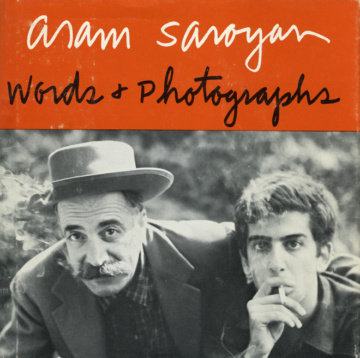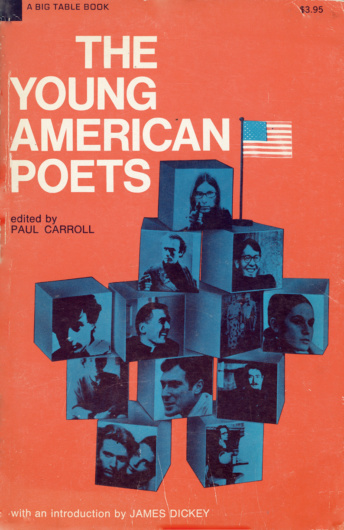Big Table
Irving Rosenthal, Paul Carroll
Chicago
Nos. 1–5 (Spring 1959–1960).
Irving Rosenthal and Paul Carroll (no. 1), Paul Carroll (nos. 2–5)
Big Table 1 (Spring 1959)

Big Table was launched in spring 1959 following the suppression of the Winter 1958 issue of The Chicago Review. An exposé in the Chicago Daily News revealed editors Irving Rosenthal’s and Paul Carroll’s plans to publish work by William S. Burroughs, Allen Ginsberg, Lawrence Ferlinghetti, and other Beat writers, and the administration quashed the magazine. Rosenthal and Carroll, along with other Chicago Review editors, resigned and with the suppressed material started Big Table. The first issue was edited by Rosenthal and Carroll, though Carroll had to withdraw his name in order to avoid being fired by Loyola University where he was employed. This issue contained work by Jack Kerouac (who named the magazine in a telegram: “CALL IT BIG TABLE”), Edward Dahlberg, and Burroughs (a section from Naked Lunch), and was summarily impounded by the US Post Office. The lawsuit was unsuccessful and Big Table continued through 1960 and five issues. Rosenthal left the magazine after the first issue and Carroll stayed on as editor for the duration, publishing such writers and artists as Paul Bowles, Antonin Artaud, Leon Golub, John Logan, Robert Duncan, Denise Levertov, Robert Fulton, Harry Callahan, Douglas Woolf, Aaron Siskind, Paul Blackburn, Franz Kline, Diane di Prima, and Gregory Corso.

Aram Saroyan, Words & Photographs (1970). The cover photograph of the author and his father was taken by Archie Minasian.
Big Table began publishing books in 1968 and continued through 1971, bringing out The Big Table Series of Younger Poets which included Bill Knott, Kathleen Norris, Dennis Schmitz, and Andrei Codrescu. Aside from poetry and fiction Big Table also published Claes Oldenburg’s Proposals for Monuments and Buildings 1965–69 and No One Was Killed: Documentation and Meditation: Convention Week, Chicago, August 1968, by novelist John Schultz who was covering the Democratic Convention for The Evergreen Review. The imprint was resurrected around 1991 and published three books by editor and poet Paul Carroll before his death in 1996.

Paul Carroll, ed., The Young American Poets (1968). Introduction by James Dickey.
Big Table books include
Carroll, Paul. Chicago Tales. 1991.
Carroll, Paul. Odes. 1969.
Carroll, Paul. Poems and Psalms. 1990.
Carroll, Paul. The Beaver Dam Road Poems. 1994.
Carroll, Paul. The Luke Poems. 1971.
Carroll, Paul. The Poem in its Skin. 1968.
Carroll, Paul, ed. The Young American Poets. 1968.
Codrescu, Andrei. License to Carry a Gun. 1970. Vol. 3 in the Big Table Series.
[Knott, Bill], writing as Saint Geraud. The Naomi Poems: Corpse and Beans. 1968. Vol. 1 in the Big Table Series.
Knott, Bill. Auto-necrophilia: The _____ Poems. 1971. Vol. 2 in the Big Table Series.
Norris, Kathleen. Falling Off. 1971. Vol. 4 in the Big Table Series.
Oldenburg, Claes. Proposals for Monuments and Buildings 1965–69. 1969.
Porchia, Antonio. Voices. 1969. Translated by W.S. Merwin.
Saroyan, Aram. Cloth: An Electric Novel. 1971.
Saroyan, Aram. Words & Photographs. 1970.
Schmitz, Dennis. We Weep for Our Strangeness. 1969.
Schultz, John. No One Was Killed: Documentation and Meditation: Convention Week, Chicago, August 1968. 1969.
Schultz, John. The Tongues of Men. 1969.
